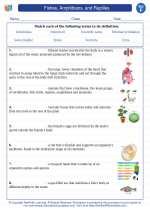Microorganisms
Microorganisms, or microbes, are very small organisms that can only be seen with the help of a microscope. They are found everywhere on Earth - in water, air, soil, and even inside other organisms. Microorganisms are incredibly diverse and include bacteria, viruses, fungi, and protists.
Types of Microorganisms
Bacteria: Bacteria are single-celled organisms that can be found in a wide range of environments. Some bacteria are beneficial and play important roles in processes such as digestion and nutrient cycling, while others can cause illnesses.
Viruses: Viruses are tiny infectious agents that can only replicate inside the cells of other organisms. They are responsible for a variety of diseases in humans, animals, and plants.
Fungi: Fungi are a group of organisms that includes yeasts, molds, and mushrooms. They play crucial roles in decomposition and nutrient recycling, but some fungi can also cause diseases in plants and animals, including humans.
Protists: Protists are a diverse group of mostly single-celled organisms that are not plants, animals, or fungi. They can be found in a wide range of environments, from freshwater to the deep sea, and include organisms such as algae and protozoa.
Importance of Microorganisms
Microorganisms play crucial roles in various ecological processes, such as nutrient cycling, decomposition, and symbiotic relationships with other organisms. They are also used in various industrial processes, such as food production and biotechnology. Additionally, some microorganisms can cause diseases, making them important subjects of study in medicine and public health.
Study Guide
- What are microorganisms?
- What are the different types of microorganisms?
- Describe the importance of microorganisms in ecological processes and industry.
- How are microorganisms important in the field of medicine?
- Discuss the impact of microorganisms on human health and the environment.
- Give examples of beneficial and harmful microorganisms.
By understanding the world of microorganisms, we can gain insights into how they shape our lives and the environment around us.
.◂Science Worksheets and Study Guides Sixth Grade. Fishes, Amphibians, and Reptiles

 Activity Lesson
Activity Lesson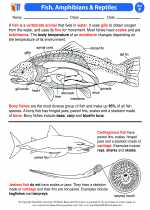
 Worksheet/Answer key
Worksheet/Answer key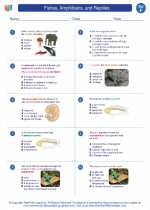
 Worksheet/Answer key
Worksheet/Answer key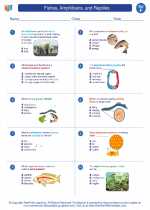
 Worksheet/Answer key
Worksheet/Answer key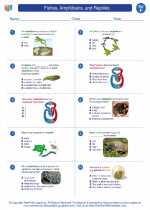
 Worksheet/Answer key
Worksheet/Answer key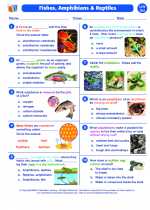
 Vocabulary/Answer key
Vocabulary/Answer key
 Vocabulary/Answer key
Vocabulary/Answer key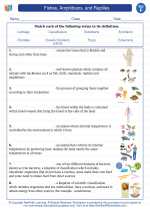
 Vocabulary/Answer key
Vocabulary/Answer key
 Vocabulary/Answer key
Vocabulary/Answer key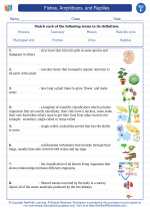
 Vocabulary/Answer key
Vocabulary/Answer key